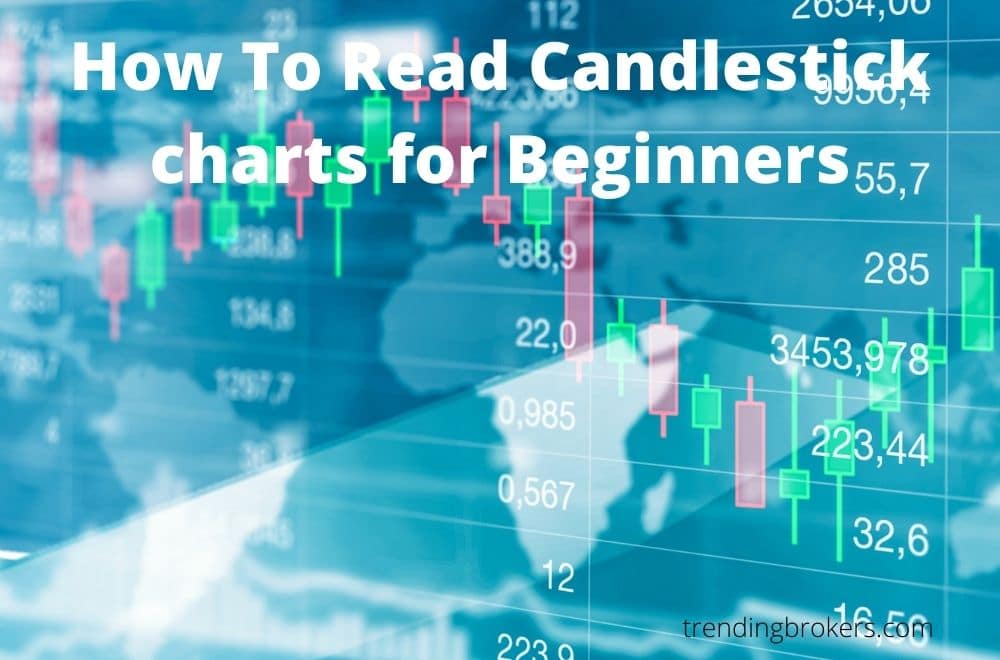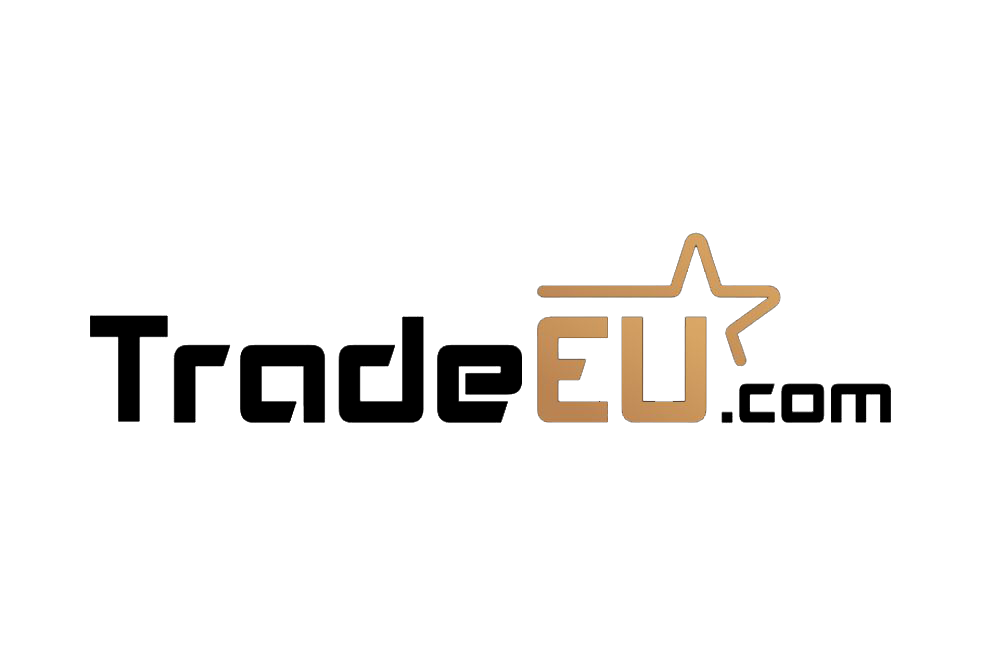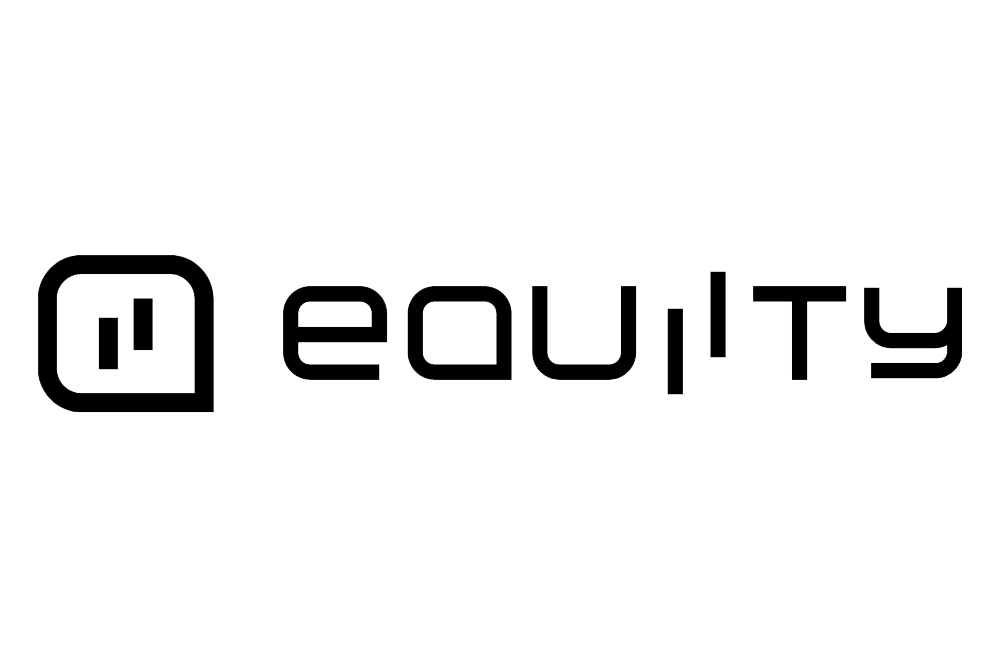Reading candlestick charts is an integral part of technical analysis for any asset class. The main motive of conducting technical analysis is to find the right time to enter the market and open your position. All strategies fall into place when you identify the right and exit positions while trading. To candlestick charts correctly, you need to be aware of this motive.
Candlestick charts are a powerful but easy-to-understand tool for determining market direction. Candlesticks are used to depict the price change between the opening and closing values over some time. To correctly interpret candlesticks, you must first understand what each component represents. For example, at the bottom, the open is native to green candles.
Trading on the financial market necessitates an understanding of historical actions as well as forecasting future expectations. Candlestick charts provide traders with the data they need to make accurate predictions and comprehend market behavior.
You might believe that candles are merely a simple technique of representing a stock’s peak and low value if you trade without looking at price charts. However, if you look at them closely, you’ll notice that they contain much more.
What is a Candlestick Charts?
A candlestick chart is a chart made up of individual candles that traders use to analyse market action. Candlestick price action entails determining the price highs and lows for a certain period, as well as where the price opened and closed for that period.
A newbie may find the anatomy of candlesticks to be rather complicated. But, on the other hand, a careful approach would make them easier to interpret and, in the long run, vital. Because, unlike the stock market, the crypto market is open 24 hours a day, it is critical to be informed about what is going on in the market when you are away.
Candlesticks are a representation of digital currency price simulations. The body of a candle, which is a rectangle line that embodies the price action of a digital asset, is the most apparent element. Depending on the market situation, the body of a candlestick can be red or green. Open, close, high, and low are the four essential components that make up a candlestick.
Traders in all financial markets can use price action to figure out trends and reversals. Groups of candlesticks, for example, can produce patterns that appear across forex charts and suggest trend reversals or continuations. Individual candlestick formations can also be formed, which could signify market buy or sell entries.
The time frame set by the trader tells the length of each candle. The daily time frame is a popular time frame because the candle will show the open, close, high, and low for the day. In addition, many components of a candle can help you predict where the price will go in the future; for example, if a candle closes significantly below its open, it could imply additional price drops.
Types of candlestick charts
Big Candles
Because they’re enormous candles with significant price difference, Big Candles are tone- explicatory. Here’s a section of a candlestick chart that shows the difference between a big and a little candle.
During the candle’s life span, it notifies us about the present force and demand. A large candlestick that falls in price indicates that force was mainly larger than demand at the time. When the price of a candle rises, it means that demand outnumbers supply.
Dojis
A Doji is a candle that changes price over time but always opens and closes at the same price. It could be a day, an hour, or even a single minute. The gist of the story remains the same.
Doji candles are exceedingly thin candles with equal-length wicks, indicating indecision about a digital asset. A Doji candle is formed when a cryptocurrency sways between the two directions before concluding the price action near or with the opening value.
Buyers were winning at one point, and at another point, sellers were winning. but it eventually closed at the same price as when it opened. When the candle wick is large, it simply signifies that there’s further hesitance than when the candle wick is little.
Shooting Star and Hammer
A shooting star occurs when a stock opens at a specific price and also rises and falls to close just above that price. It’s nearly identical to the stone, except closing at the same price, it closes a little above the original price.
The shooting star candlestick is frequently thought to be the polar opposite of the hammer candlestick. Physically, it resembles a hammer that has been lowered. When buyers surge to initiate a trade, a shooting star candle forms, moving the price action uptrend for a short time before losing to sellers and closing below the open range.
In a trading chart, a hammer happens when the value of an asset falls below the open range and then rises to close above it. This is due to back-and-forth control flipping between sellers and purchasers, which is significant.
The hammer is in the same boat. The hammer is when the price opens, drops a little, and also rises again to close just below the opening price. The dragonfly candle type is nearly linked to this motif.
Engulfing Bullish and Engulfing Bearish
A little candlestick is followed by a larger opposite candlestick that completely engulfs the first one in this pattern.
We can see that buyers are buying the stock, which has been driving up the price for some time. A massive red candlestick then engulfs the small green candlestick at the summit, suggesting a trend reversal. This is a significant indication since the sellers outnumber the purchasers by a large margin, as the previous candle is entirely engulfed.
How to interpret a candle on a candlestick charts?
In the formation of a pricing candle, three precise points are used. The open and closing prices of the candles are the first things to consider. These points will form the body of a candle by identifying where the price of an asset begins and ends for a given period.
Because the crypto market is so unpredictable, the candlestick reveals the extent of a digital asset’s volatility in the past and forecasts what to expect in the future. Although there are numerous trading tools available, the candlestick remains one of the most important.
When you look at the chart, each candle represents the price movement for the period you chose. When looking at a daily chart, each candle will show the open, close, upper, and lower wicks for that day.
Open price
The open price represents the first price traded during the development of a new candle. The candle will turn green/blue if the price starts to move upwards, and it will turn red when the price falls.
Close Price
The close price is the bottom price which was used during the candle formation process. If the closing price is lower than the open price, most charting tools will immediately turn red. If the close price is greater than the open, the candle will be green/blue.
Low Price
Both opening and closing prices can be the lowest price traded in the case of a bullish candle, or it can be the bottom price of the lower shadow.
High Price
The upper top signifies the maximum price exchanged throughout a particular period. The highest traded price will be the opening or closing price itself if there is no upper shadow.
Direction
The colour of the candlestick indicates the direction of the price. If the candle’s closing price is higher than its initial price, the price is heading upwards, and the candle will be green. The price has closed below the open if the candle is red.
Wick
The wick, often known as a shadow, is the next critical component of a candlestick. These points are crucial because they illustrate the price extremes for a given charting period. The wicks are easily distinguishable since they are visually thinner than the candlestick’s body. This is where the candlesticks’ power shines through. Candlesticks can assist traders in staying focused on market momentum rather than price extremes.
Range
The difference between its highest and lowest price represents the range of the candle. So take the price at the top of the higher wick and subtract it from the price at the bottom of the lower wick to get this figure.
Knowing what the points on a candle imply gives traders utilising a candlestick chart a distinct advantage when it comes to identifying trendlines, price patterns, and Elliot waves.
How to read candlestick charts?
It denotes when a trade of an asset begins. The close is unique to red candles because it signifies the end of price action. On the other hand, the high and low are lines above the body of a candle that show the highest and lowest values reached during specific price action.
Before we go into these candles, it’s crucial to understand long/short candles. A similar pattern can be found with little bullish(green) or bearish(red) candles. Expert traders use this to optimise volatility, allowing them to know when to enter a trade and when to exit if there is a reversal. When the range or length of the candle is small, avoid taking any positions.
Candlestick charts and bar charts both use the same price data. On the other hand, Candlestick charts are often drawn in a form that resembles a candle with wicks or shadows on both ends. The high and low points are depicted as shadows on a single line.
Market sentiments rule the cryptocurrency market, and we’ll look at three primary candlesticks that show how the market feels about a certain asset. The sole difference is that a short candle indicates less activity, whereas a longer candle indicates more activity.
Bar Chart vs. Candlestick Chart
Candlestick charts have a significant advantage over bar charts. Bar charts, like candle charts, lack the visual appeal of candle formations and price patterns. Furthermore, the bars on the bar chart make it challenging to see which way the price has gone.
Bottom Line
There are a lot more candlesticks with names on them, but they aren’t as important. You would be missing the point if you spent all of your time learning candlestick names and different kinds. It is not the purpose of this exercise to memorise names. It’s all about figuring out how specific candles can predict behaviour when arranged in a particular sequence.
The open and close values depicted on a given candlestick represent the demand and supply of a certain stock. If a stock’s initial price is higher than its closing price, it indicates that there was a demand for it. If a stock’s closing price is higher than its opening price, supply outnumbers the demand.


